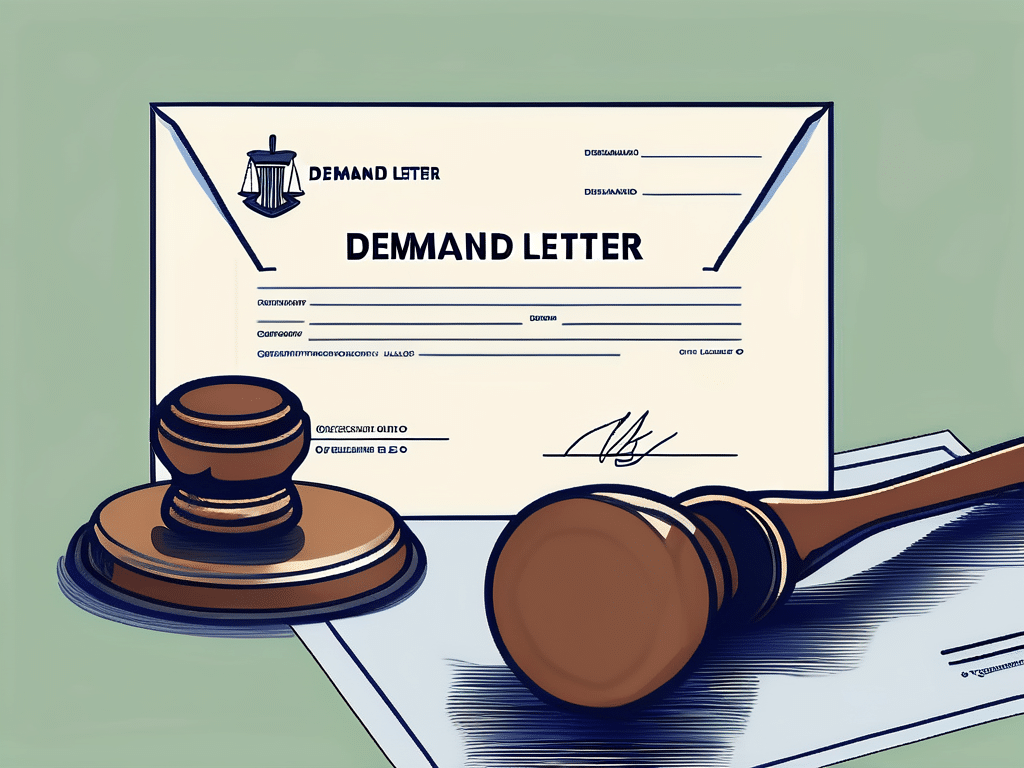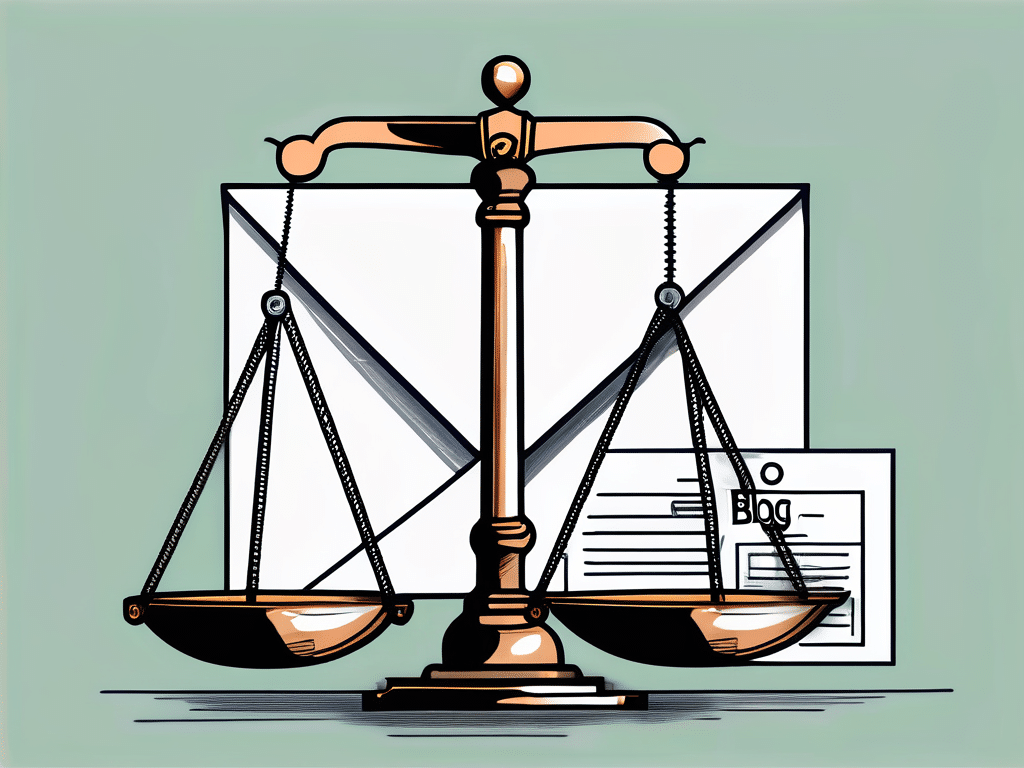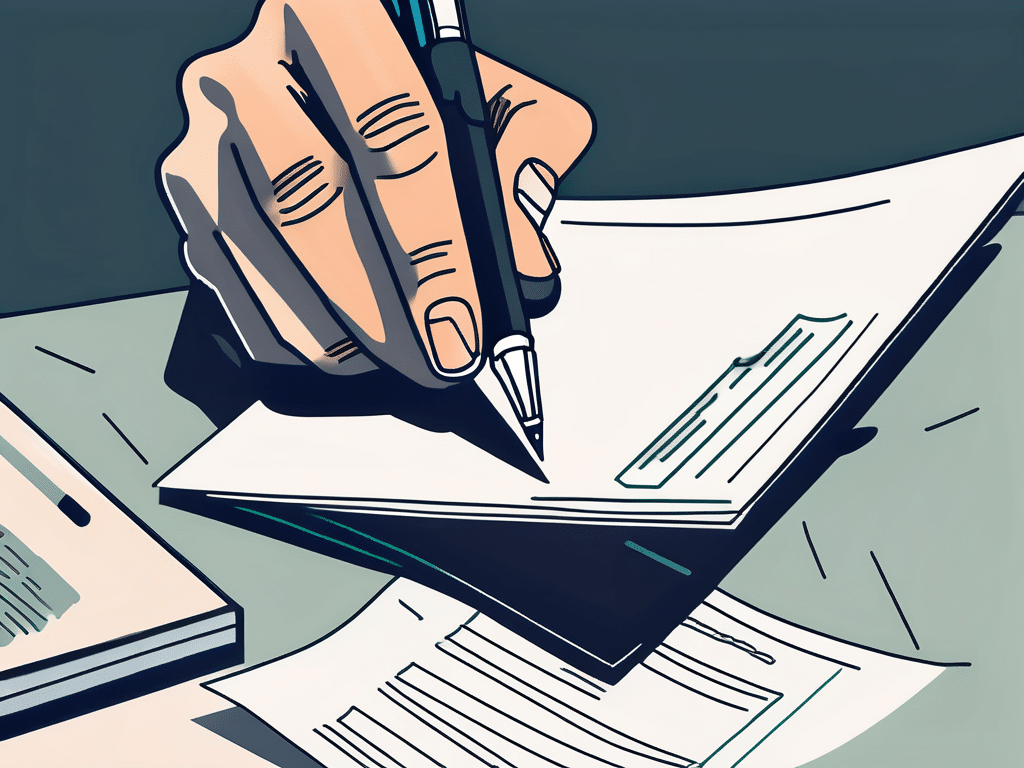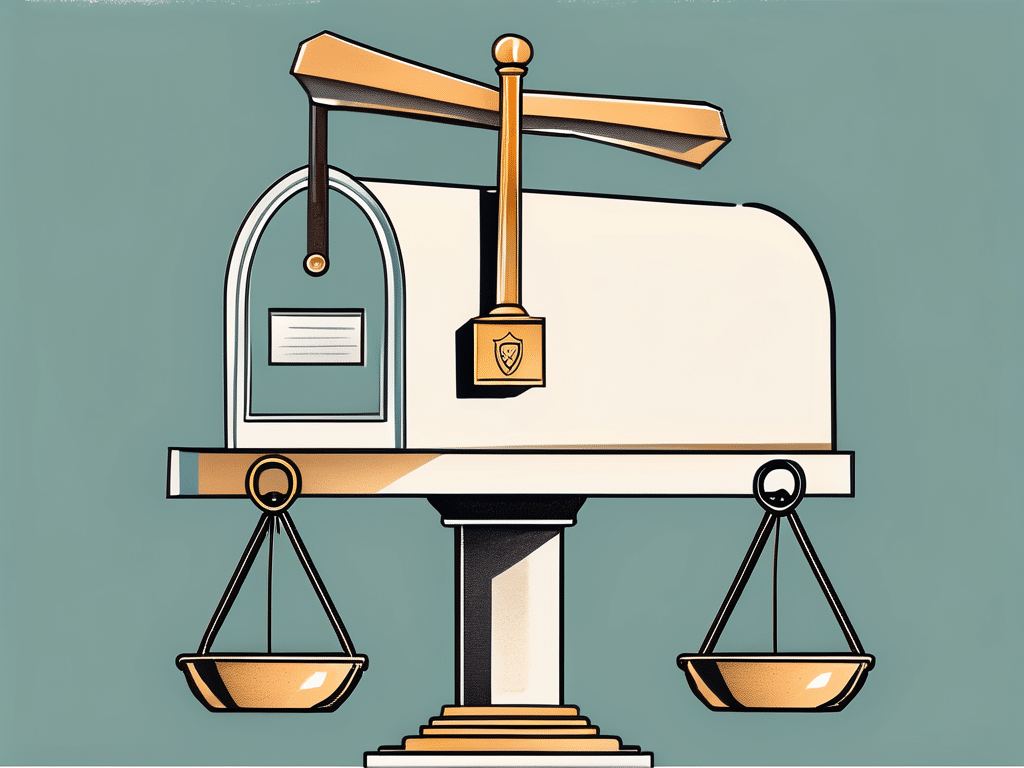In legal matters, demand letters play a crucial role in initiating a resolution process. These formal written communications convey the demands of one party to another, outlining an issue or dispute and seeking a desired resolution. In this article, we will explore the basics of demand letters, discuss their legal importance, delve into the key elements of an effective demand letter, provide a step-by-step guide on how to write one, and finally, touch upon responding to a demand letter.
Understanding the Basics of Demand Letters
Demand letters serve as a tool to communicate grievances and demands in a clear and formal manner. They are often the first step towards resolving a dispute without the need for litigation. Let’s take a closer look at the definition and purpose of demand letters and understand their legal significance.

When crafting a demand letter, it is essential to include specific details such as the nature of the grievance, the desired outcome, and a deadline for response. This clarity helps in setting expectations for the recipient and increases the likelihood of a prompt and satisfactory resolution. Additionally, demand letters should be drafted professionally and objectively to maintain credibility and demonstrate seriousness in pursuing a resolution.
Definition and Purpose of Demand Letters
Put simply, a demand letter is a written correspondence that outlines a party’s grievances or demands related to a specific issue or dispute. It serves to notify the recipient of the problem at hand and seeks a resolution or action within a specified time frame. Demand letters can be used in various legal contexts, including contract disputes, personal injury claims, or employment matters.
Moreover, demand letters can help in preserving relationships between parties involved in a dispute. By clearly articulating concerns and expectations, demand letters provide an opportunity for open communication and a chance to address issues before they escalate further. This proactive approach can foster cooperation and potentially lead to amicable resolutions without resorting to adversarial legal proceedings.
The Legal Importance of Demand Letters
Demand letters hold legal significance due to their potential role as evidence in court. They document the details of a dispute, including attempts made for resolution and the parties involved. In some jurisdictions, demand letters may be a statutory requirement before initiating legal proceedings. Moreover, they offer an opportunity for parties to engage in settlement discussions, potentially saving time, money, and stress associated with litigation.
Furthermore, demand letters can demonstrate a party’s commitment to resolving disputes in good faith, which can be favorably viewed by courts in case the matter proceeds to litigation. By showing a willingness to address issues through non-confrontational means, parties can exhibit their adherence to legal principles of fairness and equity. This ethical approach not only reflects positively on the sender but also sets a constructive tone for any future legal actions that may follow.
Key Elements of an Effective Demand Letter
When writing a demand letter, it is crucial to include specific elements that contribute to its effectiveness. By carefully crafting a well-structured demand letter, you increase the chances of achieving a favorable resolution. Here are some key elements to consider:

Identifying the Parties Involved
A demand letter should clearly identify the parties involved in the dispute. This includes providing their legal names, contact information, and any relevant identification numbers or references.
It is important to accurately represent the parties to ensure there is no confusion regarding who the letter is addressed to and who is being held accountable for the issue at hand. This clarity can help streamline communication and prevent misunderstandings that may hinder the resolution process.
Detailing the Issue or Dispute
Describe the issue or dispute in a concise and factual manner. Provide specific details such as dates, locations, and any relevant documentation that supports your claims. Clearly explain the impact the issue has had on you or your business.
By providing a comprehensive overview of the issue, you establish a solid foundation for your claims and demonstrate a thorough understanding of the situation. This detailed approach can help the recipient of the demand letter grasp the gravity of the matter and the necessity of addressing it promptly and effectively.
Outlining the Desired Resolution
Specify the outcome or resolution you seek. This could include requesting compensatory action, monetary damages, specific performance, or any other form of appropriate relief. Be realistic and reasonable in your demands.
Clearly outlining your desired resolution not only conveys your expectations to the recipient but also sets the tone for potential negotiations or further legal actions. By presenting a clear and reasonable request, you demonstrate a willingness to engage in a constructive dialogue to resolve the dispute amicably and efficiently.
Writing a Demand Letter: A Step-by-Step Guide
Now that we understand the key elements, let’s dive into a step-by-step guide on how to write an effective demand letter.
When preparing to write your demand letter, it’s crucial to not only gather all the necessary information and evidence related to the dispute but also to analyze the recipient’s perspective. Understanding their position can help tailor your letter to be more persuasive and increase the chances of a favorable outcome. Additionally, consider the timing of sending the letter – sometimes a well-timed demand letter can prompt a quicker resolution.
Preparing to Write Your Demand Letter
Before putting pen to paper, gather all the necessary information and evidence related to the dispute. Organize your thoughts and clearly define your goals for the letter. Consider seeking legal advice if you are unsure of the legal implications.
Structuring Your Demand Letter is a critical step in ensuring your message is clear and compelling. Apart from a professional and courteous tone, consider starting with a brief summary of the situation to provide context. This can help the recipient understand the gravity of the issue and why a resolution is necessary. Additionally, outlining the consequences of non-compliance can add weight to your demands.
Structuring Your Demand Letter
Begin your demand letter with a professional and courteous tone. Clearly state that the purpose of the letter is to demand resolution and avoid litigation if possible. Organize the content in a logical manner, using paragraphs to break down different aspects of your argument. Support your claims with evidence and cite relevant laws or regulations if applicable.
Finalizing and Sending Your Demand Letter requires attention to detail to ensure maximum impact. In addition to proofreading for clarity and tone, consider enlisting a neutral party to review the letter for any biases or emotional language that could weaken your position. Furthermore, setting a deadline for response or action can convey a sense of urgency and demonstrate your seriousness in seeking a resolution.
Finalizing and Sending Your Demand Letter
Proofread your letter thoroughly, ensuring that the language used is clear, concise, and respectful. Include your contact information in case the recipient needs to respond or seek clarification. Consider sending the letter via certified mail or other trackable methods to ensure receipt and establish a record of communication.
Responding to a Demand Letter
Upon receiving a demand letter, it is essential to evaluate the claims made and craft an appropriate response. Here are some key considerations:

Evaluating the Claims in the Letter
Carefully review the allegations and demands stated in the demand letter. Assess the validity of the claims made and evaluate any legal implications. Seek legal advice if necessary to understand your obligations and potential courses of action.
Seeking Legal Advice
If you are uncertain about the legal aspects or implications of the demand letter, it is advisable to consult with an attorney. They can provide guidance based on their experience and help you craft an appropriate response.
Crafting a Response
Respond to the demand letter in a timely manner. Address each issue raised, providing a clear and factual response. If appropriate, propose alternative solutions or negotiate terms to reach a mutually agreeable resolution. Maintain a professional tone throughout your response
By understanding the basics of demand letters, mastering the key elements of an effective demand letter, knowing how to write one step-by-step, and being prepared to respond to such letters, you can navigate legal disputes more effectively. Demand letters can be a powerful tool in resolving conflicts without resorting to costly and time-consuming litigation.
It is crucial to keep a record of all communications related to the demand letter, including any responses sent and received. This documentation can serve as evidence in case the matter escalates further. Additionally, maintaining a detailed log of events can help you track the progress of negotiations and ensure that all issues are addressed appropriately.
When crafting your response, consider enlisting the help of a professional mediator if the situation calls for it. A mediator can facilitate communication between parties, help identify common ground, and assist in reaching a mutually beneficial agreement. Their impartial guidance can often lead to a quicker and more amicable resolution


